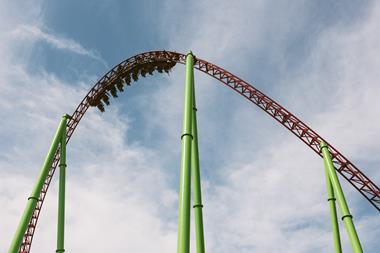Swedish state pensions buffer fund AP1 reported a negative investment return of 1.8% at this year’s halfway point, but nevertheless outperformed its peer AP4 – last year’s pack leader among the four main national funds backing Sweden’s pay-as-you-go system.
The second of the pensions buffer funds to report first half results this year, AP1 said the pandemic had entailed “constant evaluation of the allocation strategy based on a rapidly evolving situation,” and reported a drop in total assets to SEK355bn (€34.6bn) from SEK366bn at the beginning of this year.
Teresa Isele, the Stockholm-based fund’s acting chief executive officer, said: “AP1 was well positioned at the onset of the crisis, which enabled us to increase our exposure to equity markets before the markets gradually recovered.”
The fund said it went into the COVID-19 crisis with relatively low risk in its investment portfolio, which allowed it to step up risk early on as conditions improved.
Some parts of its portfolio had still delivered good returns, AP1 said, such as the Swedish small cap portfolio and fixed income investments.
Isele – who is stepping down next month to make way for permanent CEO Kristin Magnusson Bernard – said the crisis had caused a record increase in bankruptcies and unemployment in many countries due to measures to slow the spread of infection.
“Meanwhile, the record stimulus packages from central banks and governments have led markets to become increasingly optimistic about a speedy recovery of the global economy,” she said.
The fund’s interim report shows AP1’s annualised 10-year real return after expenses fell to 6.7% from 7.7% this time last year.
Looking ahead, Isele said the market outlook gave “some cause for concern” because of increased global tensions and potential trade disputes, the impact of the pandemic in general and on politics, combined with higher indebtedness as a result of the stimulus packages.
Last week, AP4 reported a -2.5% return for the first six months of 2020 – a result it saw as satisfactory given the turbulent markets of the reporting period.
In 2019, AP4 made a 21.7% annual investment return – the strongest return among the four buffer funds behind Sweden’s income pension – while AP1 produced the weakest with 15.1%.
Last year, AP1 decided to develop its asset management with new equities strategies and a new organisational structure, which Isele said in February 2020 were laying a better foundation for the fund to meet return targets, while also slimming annual costs.









No comments yet